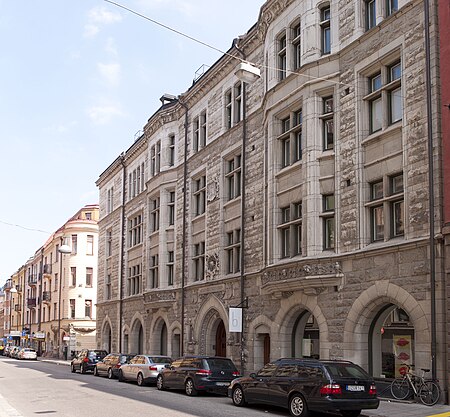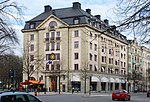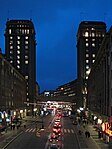Pernby School of Painting
1929 establishments in SwedenAC with 0 elementsArt schools in SwedenEducation in StockholmStockholm stubs ... and 3 more
Swedish school stubsUniversity-preparatory schoolsVisual arts stubs

Pernby's paint school (Swedish: Pernbys målarskola), primarily Otte Skölds målarskola, in Stockholm was founded in 1929 by Otte Sköld (1894–1958) and Åke Pernby (1901–1981). The school was renamed in 1949, when Otte Skölds became head of the Nationalmuseum, and Åke Pernby was in charge as rector. The school offers a two years training in painting and subscription, and prepares students for a higher education in Fine Arts.
Excerpt from the Wikipedia article Pernby School of Painting (License: CC BY-SA 3.0, Authors, Images).Pernby School of Painting
Snickarbacken, Stockholm Norrmalm (Norrmalms stadsdelsområde)
Geographical coordinates (GPS) Address Nearby Places Show on map
Geographical coordinates (GPS)
| Latitude | Longitude |
|---|---|
| N 59.338055555556 ° | E 18.068333333333 ° |
Address
Finlandshuset
Snickarbacken
113 58 Stockholm, Norrmalm (Norrmalms stadsdelsområde)
Sweden
Open on Google Maps









